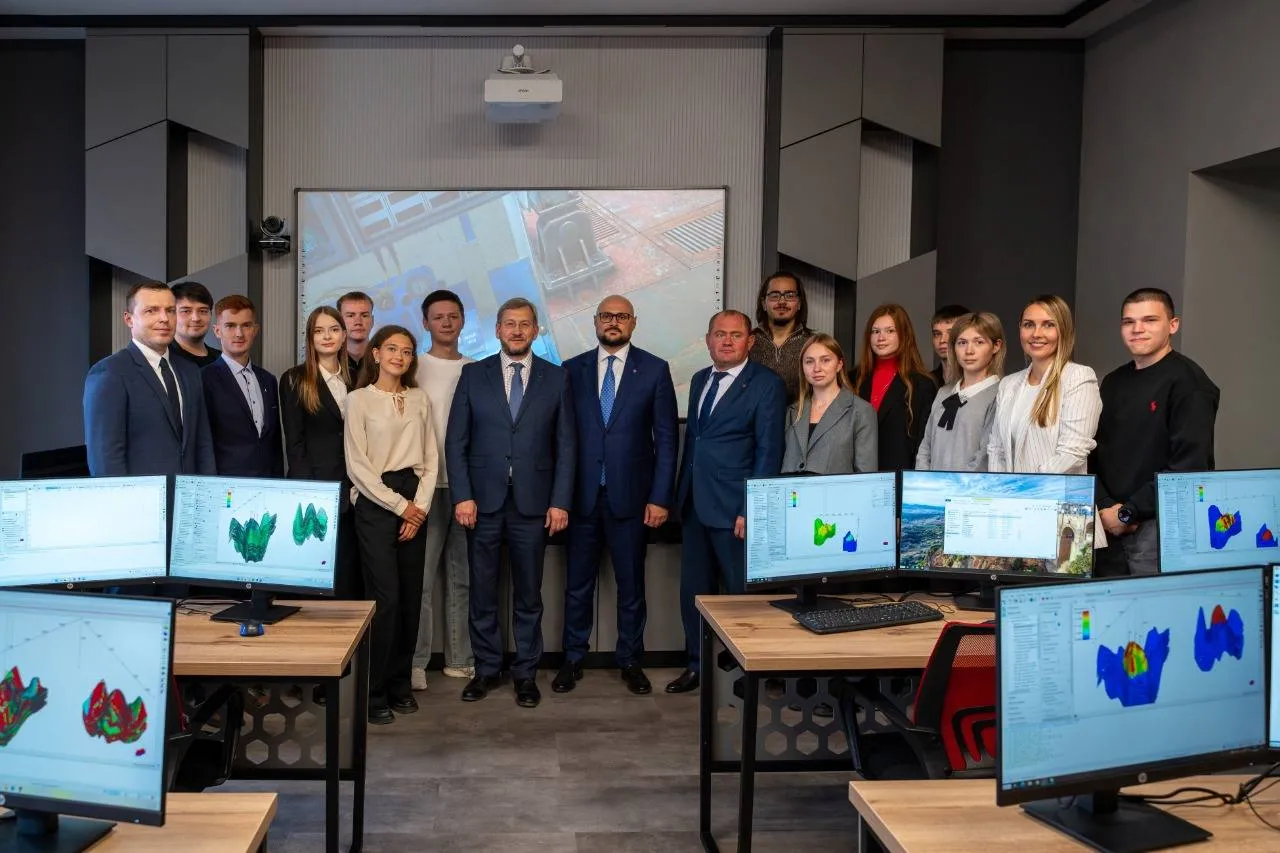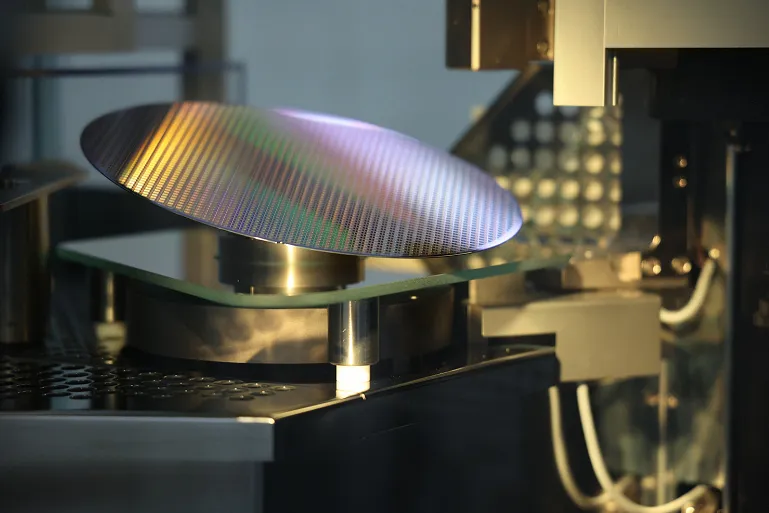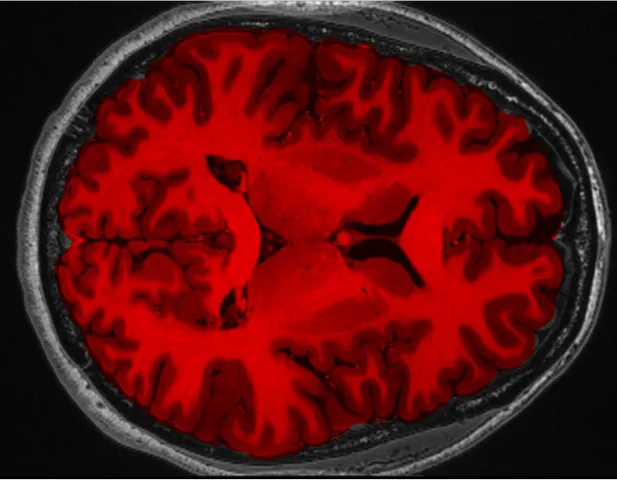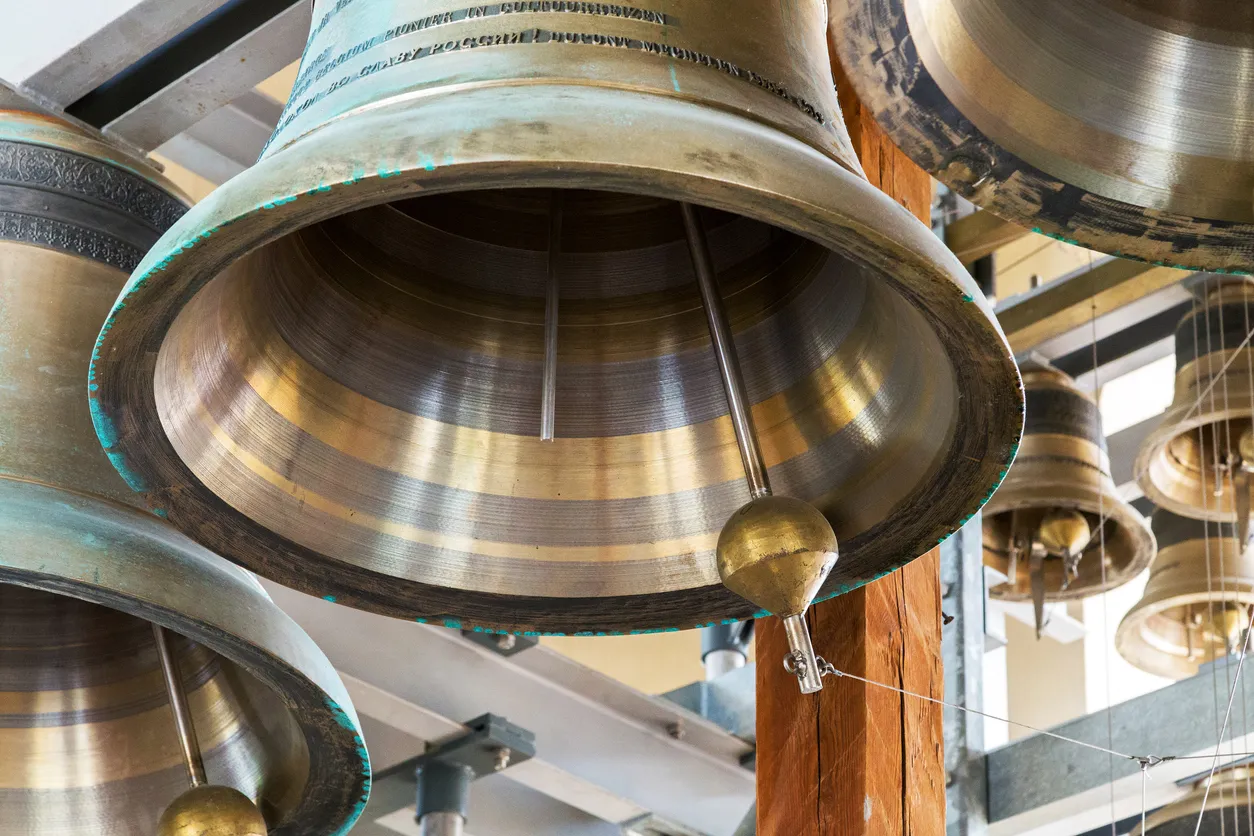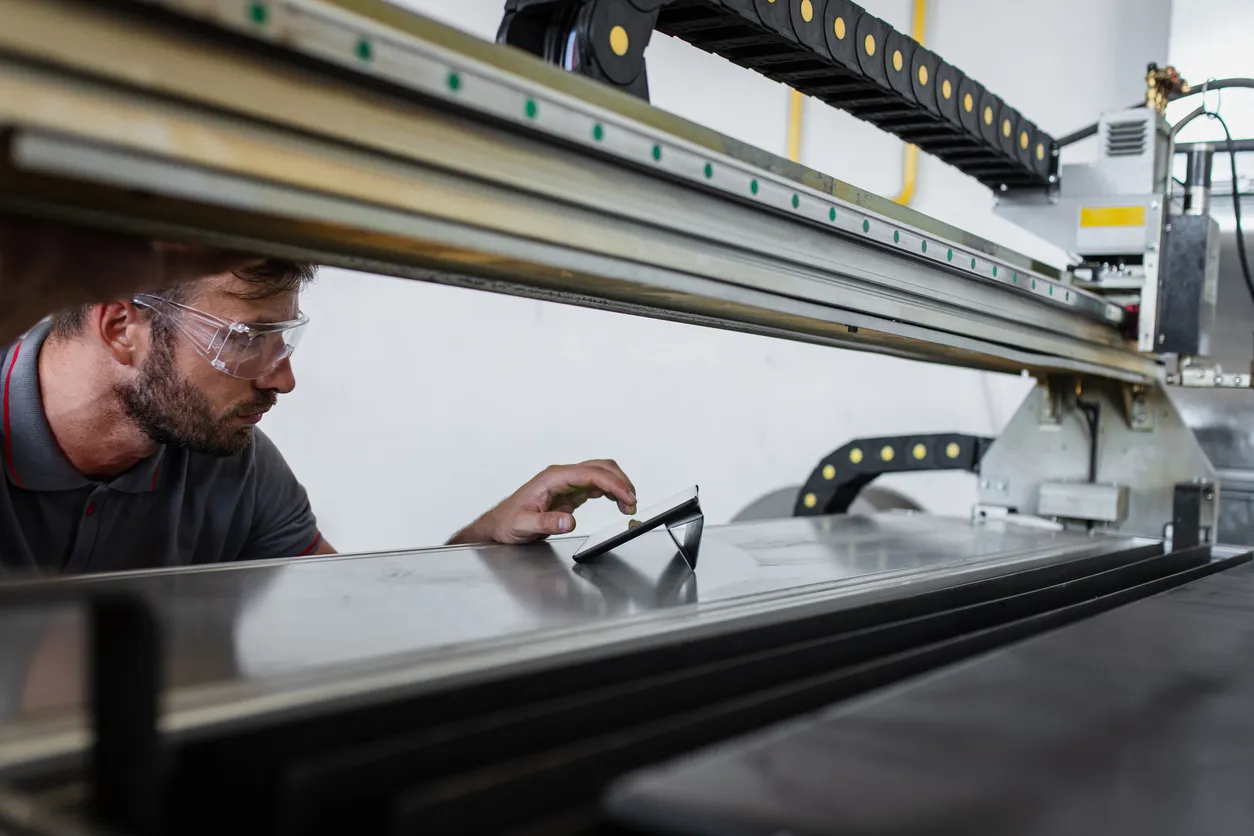Russia Builds Ultra-Precise Digital Twin for Bridges
A breakthrough computer model from Perm Polytechnic could dramatically improve bridge safety in Russia and beyond, especially in earthquake-prone regions.

Scientists at Perm Polytechnic University have developed a digital model that is five times more accurate than existing methods for calculating the reliability of bridge bearings. The technology could strengthen transport infrastructure safety not only in Russia but also in countries facing seismic stability challenges.
The safety of more than 42,000 Russian bridges depends on specialized bearings—essentially “joints” that allow structures to flex under stress, including during earthquakes. Current design methods often fall short in predicting how materials behave under repeated, high-intensity loads.
According to the university’s press service, the new solution is a high-precision “digital twin” of bridge bearings. The model accounts for critical durability factors such as how the polymer layer inside the bearing is fixed and its thickness. Studies show that the optimal setup is bonding the polymer to a rough steel surface, with the best thickness ranging between 4 and 8 millimeters.
The innovation has already attracted interest from industrial company AlfaTech, which plans to apply it to optimize production.











